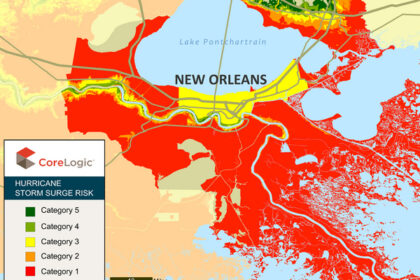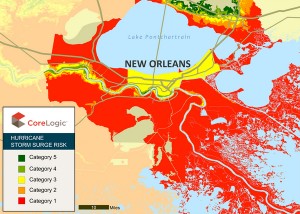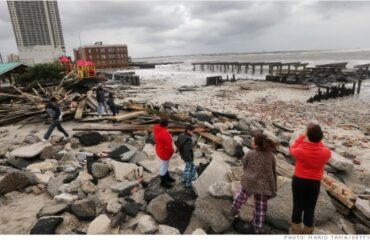
Tropical Storm Isaac may have cleared the area and headed north, but South Florida was still being whipped by sheeting rains and gusty winds Monday and Tuesday. Due to all of the rains, South Florida has seen some major flooding in areas like Wellington, Miami-Dade, West Palm Beach, and Tamarac.
Forecasters warned that Isaac was a large storm whose effects could reach out 200 miles from its center. Water may be worse than wind because the storm could push walls of water while dumping rain to flood the low-lying coast in Louisiana, Mississippi, Alabama and the Florida Panhandle
Isaac was packing top sustained winds of 70 mph and had not yet reached hurricane strength late Tuesday morning. The storm system was centered about 80 miles south-southeast of the mouth of the Mississippi River at 11 a.m. EDT and was moving northwest at 10 mph, according to the National Hurricane Center in Miami. It was 165 miles southeast of New Orleans.
Forecasters at the National Hurricane Center warned that Isaac, especially if it strikes at high tide, could cause storm surges of up to 12 feet along the coasts of southeast Louisiana and Mississippi and up to 6 feet as far away as the Florida Panhandle.
Rain from the storm could total up to 14 inches, with some isolated areas getting as much as 20 inches, along the coast from southeast Louisiana to the extreme western end of the Florida Panhandle.
According to new data released today by CoreLogic, there is potentially over $27 billion in exposure to residential property damage from storm surge flooding as Tropical Storm Isaac makes its way across the Atlantic Ocean along a projected path toward the Gulf Coast.
“Based on current forecasts, Tropical Storm Isaac is predicted to strengthen into a Category 1 hurricane and become the first hurricane to impact the United States this year,” said Dr. Howard Botts, vice president and director of database development for CoreLogic Spatial Solutions.
Major metro areas that could potentially feel the impact of hurricane-driven storm surge include New Orleans, La.; Baton Rouge, La.; Biloxi, Miss.; Mobile, Ala.; Pensacola, Fla. and Tallahassee, Fla., depending on where the storm makes landfall.”
The data shows nearly 210,000 total residential properties valued at more than $27.7 billion in seven major metro areas along the Gulf Coast could be at risk for storm-surge related flooding, assuming the storm hits as a Category 1 hurricane. The number of residential properties in each metro area and their respective potential exposure to damage are as follows:
 Hurricane-driven storm-surge flooding can cause significant property damage when high winds, forward movement of the storm and low pressure causes water to amass in front of the storm, pushing a powerful rush over land when the hurricane moves on shore.
Hurricane-driven storm-surge flooding can cause significant property damage when high winds, forward movement of the storm and low pressure causes water to amass in front of the storm, pushing a powerful rush over land when the hurricane moves on shore.
The CoreLogic analysis measures damage from storm surge and does not include potential damage from wind and rain associated with hurricanes.



